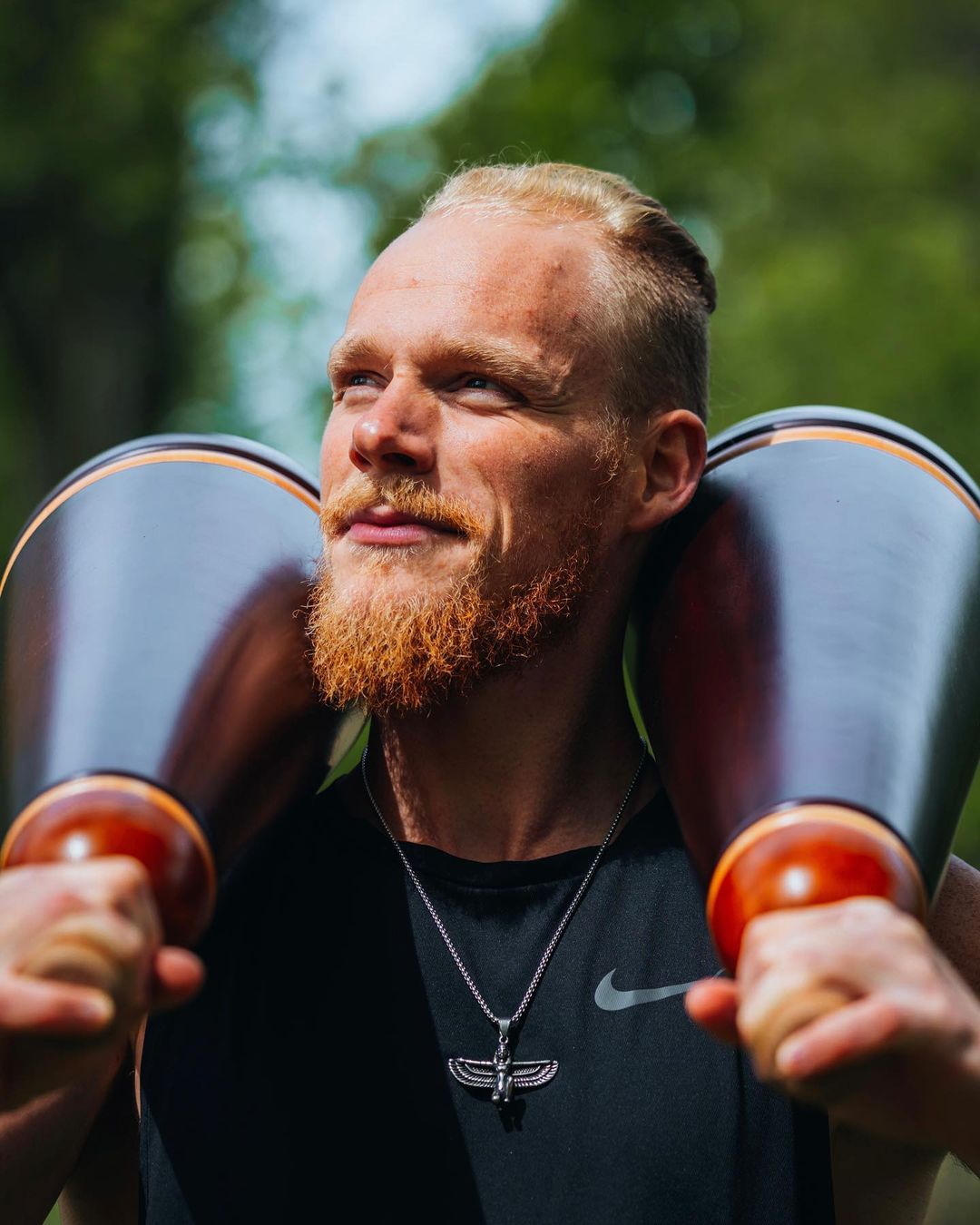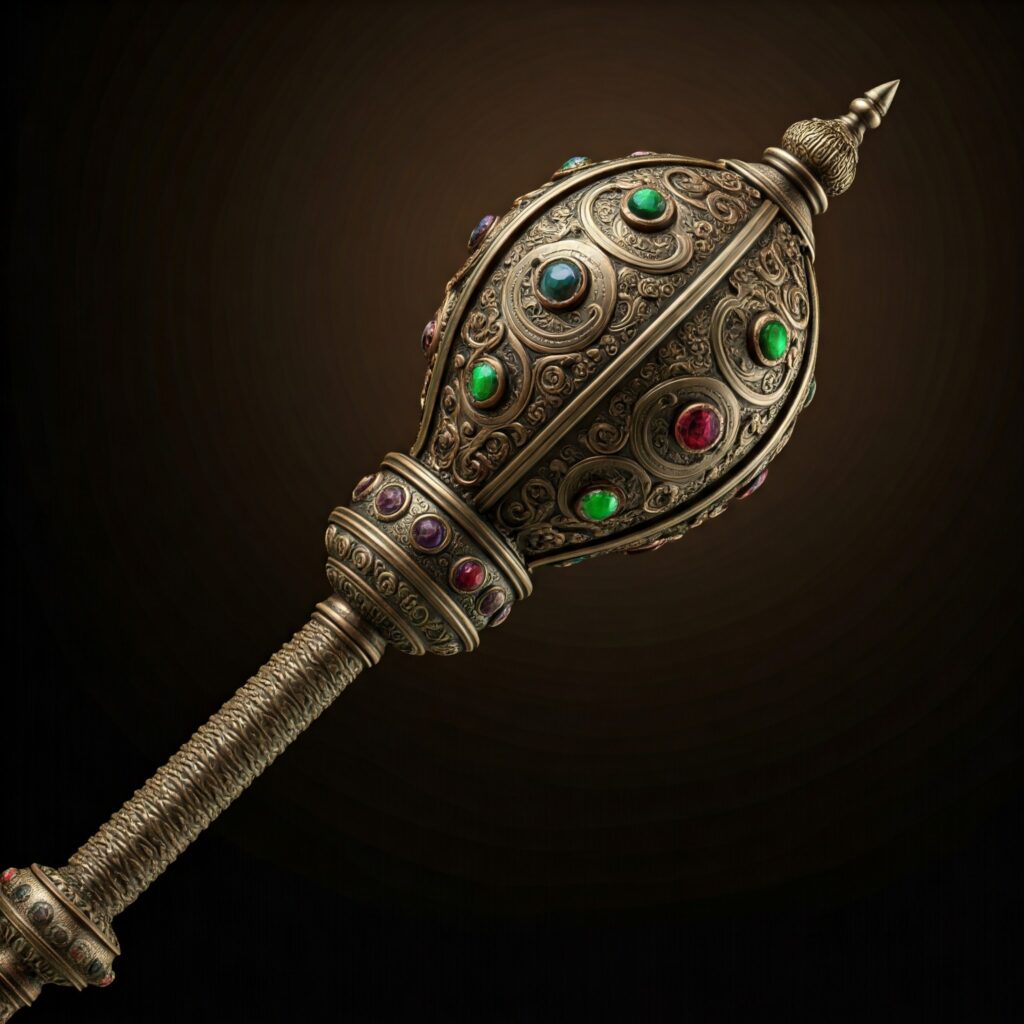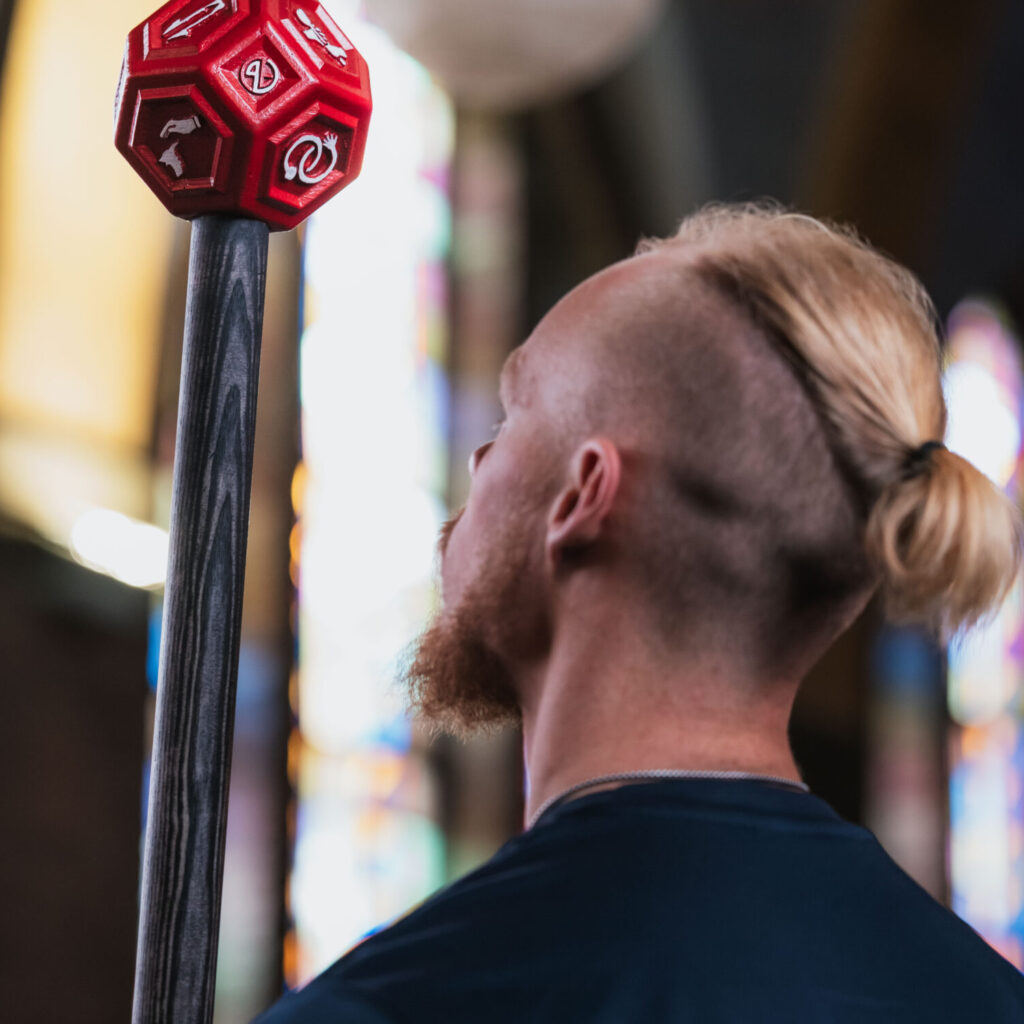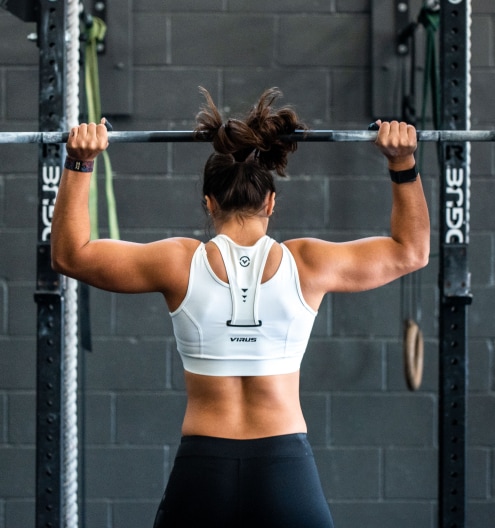From Meels to Mace: A Historical Journey of Weighted Clubs in Physical Culture

The history of physical culture is rich and varied, with each era bringing forth its contributions to the art and science of human movement and strength. Among the myriad of tools and techniques that have stood the test of time, weighted clubs hold a special place. This article traces the fascinating journey of weighted clubs from the traditional Persian meels to the contemporary steel mace, highlighting their significance in physical culture and their resurgence in the fitness industry.
The Ancient Origins of Weighted Clubs
The story of weighted clubs begins in ancient Persia, where warriors and wrestlers used wooden clubs called ‘meels’ to prepare for battle and competition. These meels were more than mere tools for physical preparation; they were symbols of prowess and an integral part of the warrior’s daily regimen. Swinging meels was believed to increase strength, improve stamina, and enhance agility—qualities essential for a warrior.

Meels: The Persian Legacy
Meels varied in size and weight, allowing for a progression in training that could accommodate the novice as well as challenge the seasoned athlete. The movements performed with meels were fluid and rhythmic, often resembling a form of dance that required coordination and balance. This ancient exercise system laid the groundwork for what would become a long-standing tradition in physical culture.
The Indian Influence: Jori and Gada
The influence of meels spread to India, where they evolved into ‘jori’—heavier, more robust clubs used by Pehlwani wrestlers to train for their grueling sport. The Indian ‘gada’—a mace with a spherical head and a long handle—also became a staple in the wrestler’s training arsenal. The gada was not only a weapon but also a symbol of physical and spiritual strength, often associated with the Hindu deity Hanuman.
British Expansion and the Clubbell
With the expansion of the British Empire, the practice of club swinging found its way to Europe and America. In the late 19th and early 20th centuries, club swinging became a popular form of exercise, with the clubbell—a Western adaptation of the meel—becoming a common sight in gymnasiums. The clubbell was used not only for strength training but also for developing flexibility and coordination.
The Modern Revival: The Steel Mace
The latter half of the 20th century saw a decline in the popularity of traditional club training as modern gym equipment and bodybuilding took center stage. However, the 21st century has witnessed a revival of interest in functional and holistic forms of fitness. The steel mace, a modern incarnation of the ancient gada, has become a popular tool in this functional fitness movement.
The Steel Mace and Functional Fitness
The steel mace is celebrated for its ability to provide a full-body workout that mimics real-world movements. Its uneven weight distribution challenges the stabilizing muscles, core, and grip, offering a unique stimulus that is difficult to replicate with conventional weights. The mace has become a favorite among athletes, martial artists, and fitness enthusiasts who seek to improve their functional strength, mobility, and endurance.
Weighted Clubs in Sports and Rehabilitation
Weighted clubs are not only used for general fitness but have also found applications in sports training and rehabilitation. The rotational movements and the ability to train in multiple planes of motion make them ideal for athletes who require rotational strength and power, such as golfers, baseball players, and martial artists. Additionally, the gentle swinging motions of lighter clubs can aid in the rehabilitation of injuries by promoting joint health and mobility.
The Cultural Significance of Weighted Clubs
Beyond their physical benefits, weighted clubs carry cultural and historical significance. They are a reminder of the ancient roots of physical training and the timeless quest for strength and vitality. The resurgence of club training is, in many ways, a reconnection with the past, an acknowledgment of the wisdom of ancient physical culture in the modern age.
The Future of Weighted Clubs in Fitness
As the fitness industry continues to evolve, the role of weighted clubs seems secure. Their versatility and effectiveness have earned them a permanent place in the arsenal of training tools. The growing interest in unconventional training methods suggests that weighted clubs will continue to inspire new generations of fitness enthusiasts.
From the ancient meels of Persia to the modern steel mace, weighted clubs have traversed a remarkable path through history. They have been lifted by warriors, swung by athletes, and now embraced by those seeking a holistic approach to strength and wellness. The journey of weighted clubs is a testament to their enduring appeal and the universal pursuit of physical culture. As we swing these ancient tools, we connect with a lineage of strength that spans centuries, and we carry forward the legacy of physical culture into the future.
Check out our courses on Heavy Clubs – Click Here
Follow us on Instagram for regular updates.






Responses